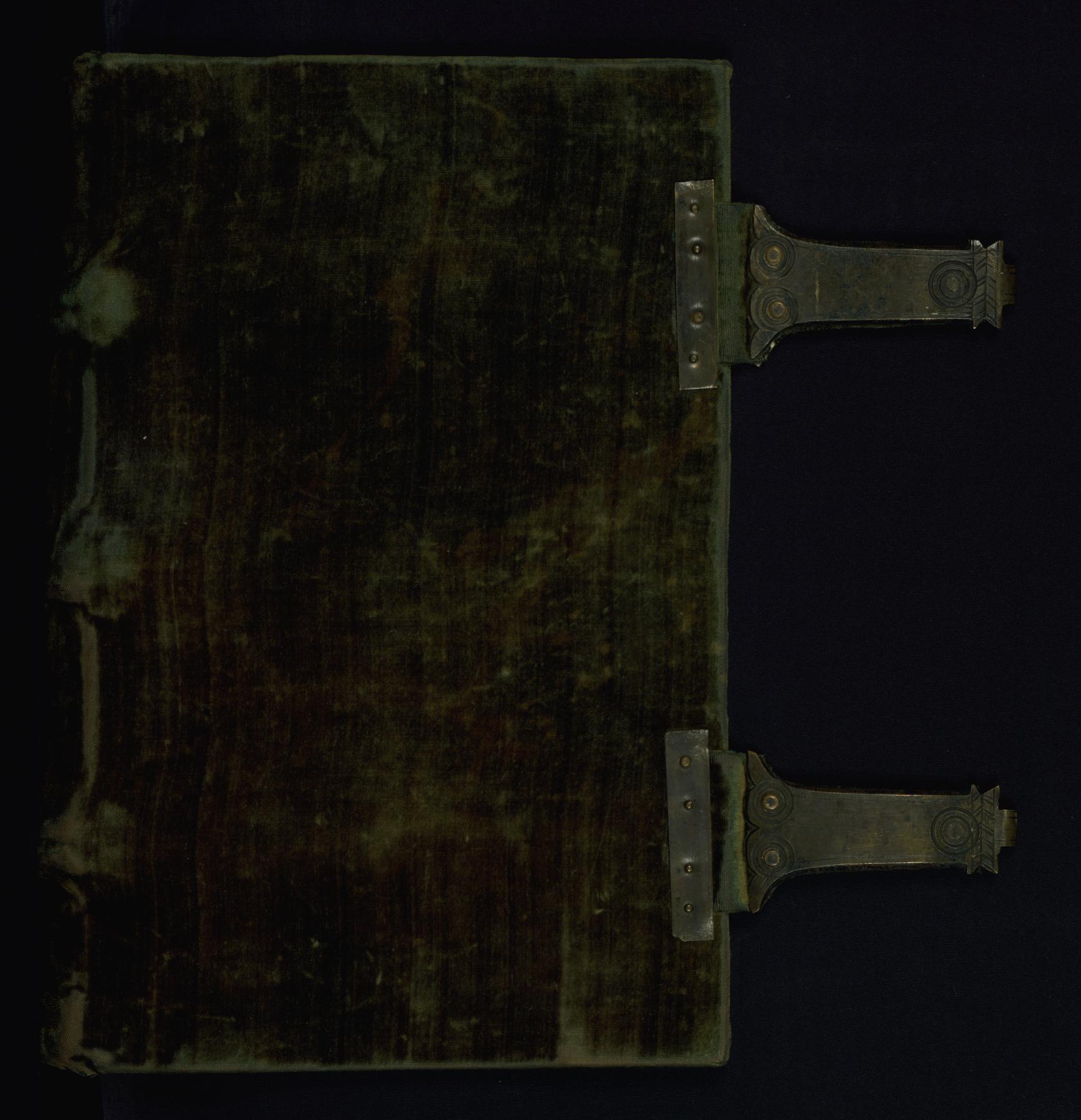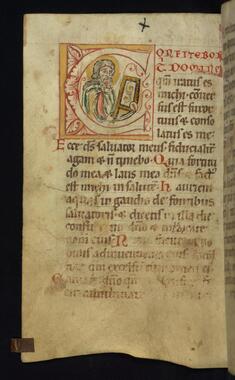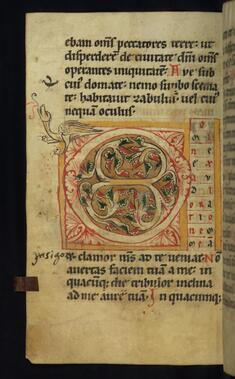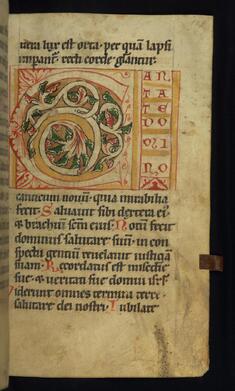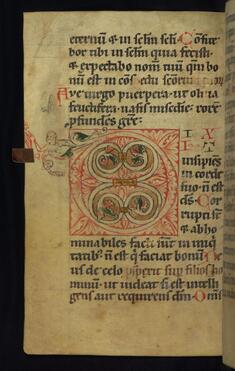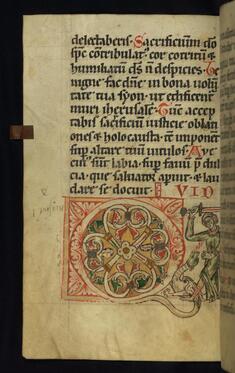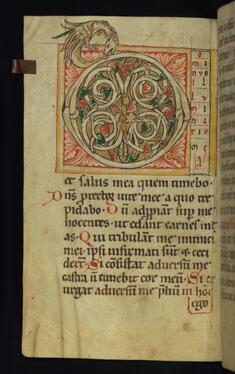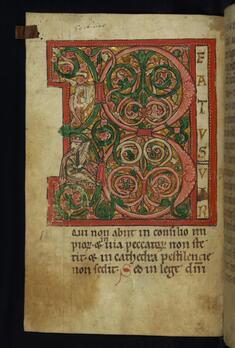Premonstratensian Psalter
(Manuscripts and Rare Books, Medieval Europe )
This late twelfth- or early thirteenth-century Psalter was made for a female supplicant, and is of Premonstratensian use. Created and used in Rhineland, Germany, it remained there until the French Revolution, after which it was eventually acquired by the English book collector Sir Thomas Phillipps. The Psalter is liturgical, and therefore has eight divisions for the liturgical week, as well as the usual tripartite divisions. Each of these major psalms is marked by large lively inhabited or foliate initials. Early added prayers on the first and last blank pages, as well as occasional marginal prayers and notes in a variety of hands, attest to the manuscript's use through time.
Provenance
Provenance (from the French provenir, 'to come from/forth') is the chronology of the ownership, custody, or location of a historical object. Learn more about provenance at the Walters.
Created for Augustinian or Premonstratensian use (?), likely Rheinland, late 12th or early 13th century. Leander van Ess, Darmstadt, after 1800. Purchased by Sir Thomas Phillipps [1792-1872], 1824 [1]; Phillipps' Sale, London, either 1911, no. 868, or 1913, no. 1021. Léon Gruel, Paris [2]; purchased by Henry Walters, Baltimore; by bequest to Walters Art Museum, 1931.
[1] fol. 1r - rampant lion stamp and inscription: "Sir T.P./Middle Hill 441"
[2] no. 924 on front pastedown
Exhibitions
| 2006 | Schatzkammer: Henry Walters' German Manuscripts. The Walters Art Museum, Baltimore. |
Geographies
Germany, Rhineland (Place of Origin)
Measurements
Folio H: 8 3/8 × W: 5 7/16 in. (21.3 × 13.8 cm)
Credit Line
Acquired by Henry Walters
Location in Museum
Not on view
Accession Number
In libraries, galleries, museums, and archives, an accession number is a unique identifier assigned to each object in the collection.
In libraries, galleries, museums, and archives, an accession number is a unique identifier assigned to each object in the collection.
W.25

